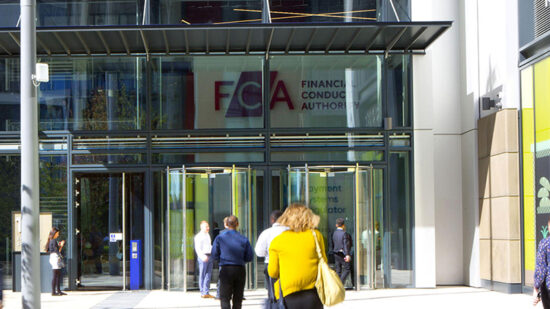Staying active
A similar picture is seen in the group’s equity holdings. In MacDonald’s view, US funds with an S&P 500 benchmark tend to be the most efficient way to get US core exposure and, as such, he is likely to use a tracker. In contrast, in emerging markets, he is more likely to use an active manager.
He says: “We will use trackers if we want to introduce a tilt or a market-cap bias.” That said, he expects 2017 will be a better year for active management after a difficult 2016, and that is reflected across the portfolios.
Smart beta funds have not yet made their way into the portfolios. MacDonald does not believe smart beta is cheap enough and he would rather get the greater potential for outperformance from an active manager.
The group has three portfolio ranges: active, passive and blended, as well as its Diversified Real Assets fund. Each portfolio range is driven by a strategic asset allocation model that comes from EValue.
The passive range simply takes the asset allocation weighting and then finds the cheapest and most accurate tracker to implement it. With the active and blended funds, there is more flexibility, though there are volatility constraints. These tactical asset allocation tilts are determined by the team.
The investment and fund selection process is the same for all three ranges: a quantitative screen then a qualitative screen with 1,500 or so manager meetings per year. The managers of the portfolios then pick from those approved funds.
Standing the test of time
About half of the fund’s performance will come through tactical asset allocation, and another half through fund selection, but this is not prescriptive.
MacDonald says: “We want consistency. We don’t want to be in a fund where the outperformance or underperformance is dictated by whether it’s the right time in the right market in the right month.
“We want funds with high conviction, not closet trackers. That means high active share and concentrated portfolios. There are any number of ways to achieve good performance but, overall, this is what we look for in funds. We would rather protect on the downside rather than gain on the upside.”
Five key themes
Confidence testers
There is still considerable economic uncertainty. The impact of Trump’s victory on the global economy over the coming quarter and in the longer term is still fairly unclear. We think investor confidence is likely to be tested in the coming months, as the uncertainties of Brexit, European elections and Trump’s policy implementation become apparent.
Financial fortitude
One of the main sectors we think will continue to do well is financials, specifically banks. They usually benefit from an increase in investor confidence, as we have seen recently due to the government’s planned increase to infrastructure spending. They should also benefit from higher interest rates in the US, because this will lead to better profit margins on their lending.
Asia positive
We are positive on Asia Pacific. The recovering oil price should benefit exporters. While Trump threatens greater protectionism, he may struggle to implement his policies and the impact
may be less than feared.
Also, markets seem to be priced attractively, with a potential for growth.
Currency shifts
Perhaps the most important factor to consider as we enter 2017 will be the prospects for global currencies. We have already seen the potential impact of currency moves here in the UK, with share indices moving sharply higher after the Brexit vote led to a plunge in the value of the pound. The dollar is currently at multi-year highs against many currencies. A reversal of this strengthening could have a profound effect on almost all asset classes.
Brexit puts the brakes on
In the UK, economic signs are promising, while inflation expectations are increasing, driven by sterling’s weakness. The positive outlook for the oil industry should also benefit UK markets. However, Brexit uncertainty persists, with potential for a pull-back
after the strong rally. As a result, we are underweight the UK at the moment.








